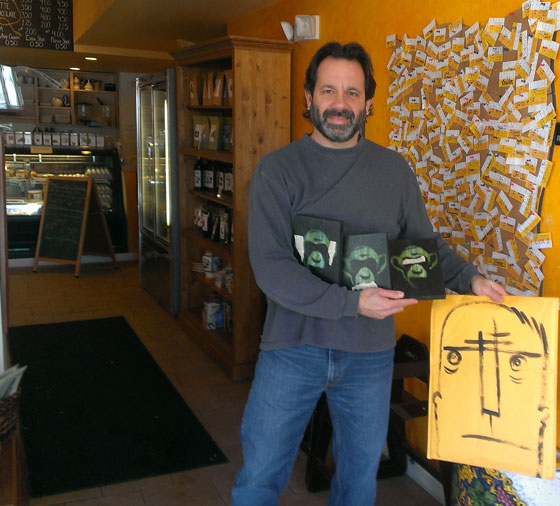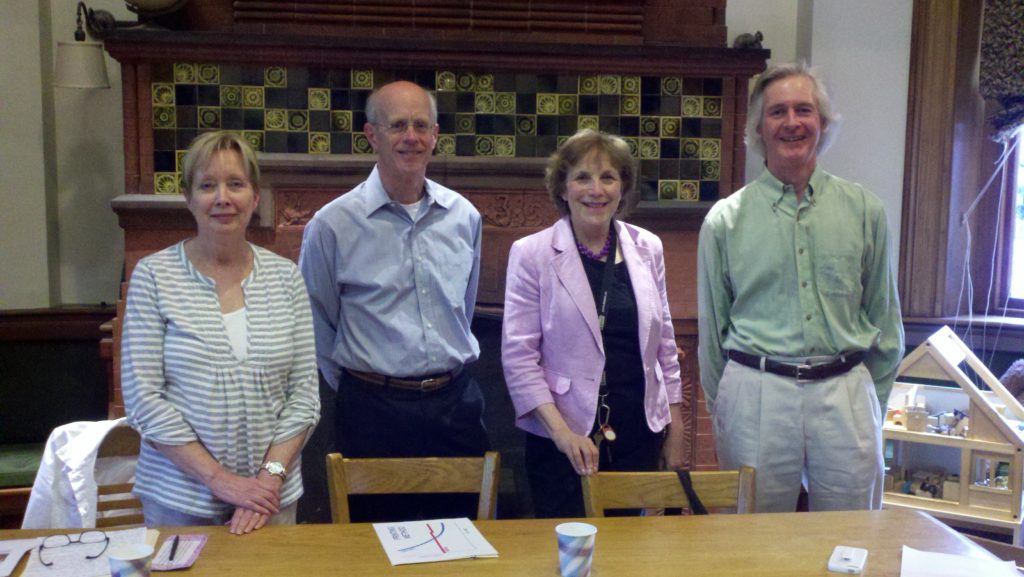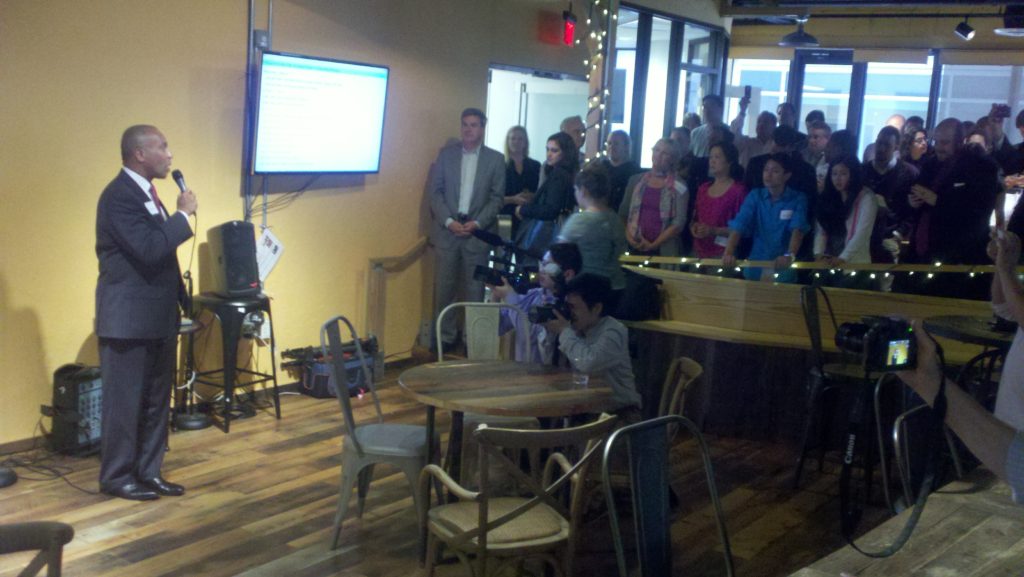Mark Orton reviews Glenn Greenwald's book on Edward Snowdon's controversial revelations about surveillance in the US.
Anita M. Harris
A Cambridge Art Assn Prize winner offers free artwork to those who hunt for (and find) ...
Flagship Day for Massachusetts Life Science Innovation to address creativity in scientific organizations and companies, ...
One of the oldest churches in Cambridge, MA opens its front doors to visitors for the first...
Author Anita Harris reports on a panel about independent publishing on which she appeared with Susan...
New Cambridge Observer's Anita Harris offers a brief report on Gov. Deval Patrick's 5/15/14 visit to...





